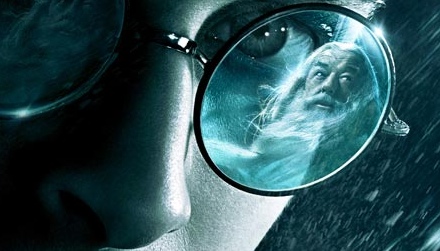Analysing Film: Terminology
Camera, shots, angles, movement and composition
Shots: Establishing shot – is a master shot, the primary wide is shot of a scene used to inform the audience of the location or situation at the start of the scene or the end.
Example of basic shots in film and television:
Close up- Tightly frames a person or an object
Mid-shot- shot is a camera shot from a medium distance
Long shot- A shot which covers a wide view from a long distance
Angle: Canted angle – deliberately slanted to one side to create unease or desperate action.
For example:
Movement: Dolly – is a wheel support for a camera.
Composition: Rules of third – when the screen is split in to 3 pictures which creates focus and depth.
Editing
Cutting: Graphic match- In general terms, a match cut is any cut that emphasizes spatio-temporal continuity and thus, contrasting the conspicuous and abrupt discontinuity of a "jump cut," forms the basis for continuity ('invisible') editing, such as the ubiquitous use of "match on action.
Superimposition- is the placement of an image or video on top of an already-existing image or video.
Ellipsis- Ellipsis is the narrative device of omitting a portion of the sequence of events, allowing the reader to fill in the narrative gaps i.e when a door closes and you hear noises.
Sound
Diegetic- sound which can be heard by the film's characters; of sounds in a film that were not recorded live at the time and are played over or instead of the live sound
Soundtrack: Ambient sound- any sounds that are used to establish location. The ambient sound of a scene in a park, for instance, might include birds chirping or children laughing.
Mise En Scene
Production design: set design- is the creation of theatrical, as well as film or television scenery




Some good notes Jonny. Don't forget the high & low angle shots too.
ReplyDelete